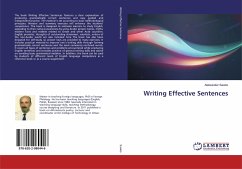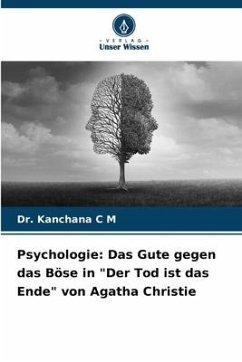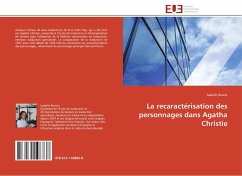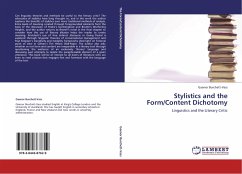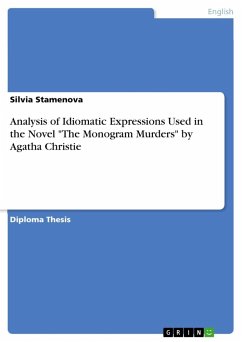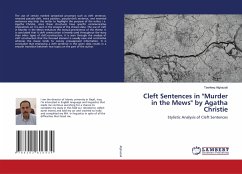
Cleft Sentences in "Murder in the Mews" by Agatha Christie
Stylistic Analysis of Cleft Sentences
Versandkostenfrei!
Versandfertig in 6-10 Tagen
41,99 €
inkl. MwSt.

PAYBACK Punkte
21 °P sammeln!
The use of certain marked syntactical processes such as cleft sentence, reversed pseudo-cleft, extra position, pseudo-cleft sentence, and extential sentences may help the writer to highlight the purpose of the writer, i.e. Agatha Christie, since these structures have specific communicative implications on it is seen in the analysis of the chosen data. The use of cleft in Murder in the Mews enhances the textual prominence of the theme. It is concluded that it cleft construction is heavily used throughout the story than other types of cleft-construction. It is seen through the analysis of cleft ...
The use of certain marked syntactical processes such as cleft sentence, reversed pseudo-cleft, extra position, pseudo-cleft sentence, and extential sentences may help the writer to highlight the purpose of the writer, i.e. Agatha Christie, since these structures have specific communicative implications on it is seen in the analysis of the chosen data. The use of cleft in Murder in the Mews enhances the textual prominence of the theme. It is concluded that it cleft construction is heavily used throughout the story than other types of cleft-construction. It is seen through the analysis of cleft construction that the focused element is usually new and contrastive whereas the clause tends to convey presupposed information. It is concluded that employing a cleft sentence in the given data results in a smooth transition between two topics on the part of the author.




